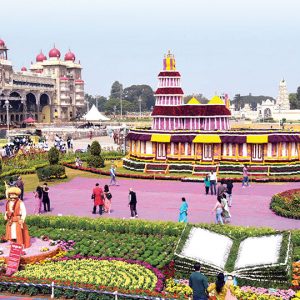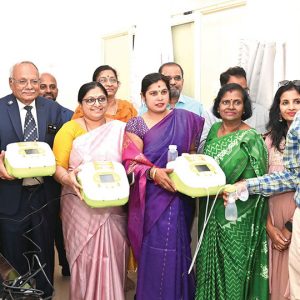An idiom in Kannada which used to be cited often by old-timers conveys the message that quarrels between married couples happily ends at bed time (Ganda-Hendira jagala undu malaguva thankaka). A wit, adding pep to the time-honoured saying, averred that their wordy battles would ultimately get settled in the bed. In a certain sense, their discord erupting in daylight, according to the idiom, would die in darkness. A narrative on couples who alert their neighbours by indulging in high-decibel verbal exchanges in anger, often mutually hurling insults on their respective lineage, captures the scene in these lines: “The man listens to his lady in the first year of their marriage. The lady takes her turn to listen to her man in the second year. It befalls the neighbours to hear the wordy noise created by the man and the lady in days to follow.” This self-created predicament of couples owes its origins to the now-vanished feature of people living in clusters of houses (vataara in Kannada), familiar to the senior citizens in urban spaces such as in Mysuru. The enormous scope that this feature of society provided for love affairs to bloom and fuse the youth into wedlock is tell-tale.
While the elders in large families pro-actively mentored the younger lot by ironing out the issues before the flare up, their hands-of-help as it were in cementing harmony between couples at home are no longer visible, given the current norm of nuclear families. As a replacement of the old system that endured until not too long ago as it were, the law-makers have now introduced the ground rules of maintaining domestic harmony with penalties for causing domestic violence, mostly focussed on the male partner.
Marriages taking place in a multitude of societies both globally and nationally in India promise to be a highly fascinating study. The two classes namely, arranged and love marriages continue to be debated for their positives and negatives with the opinions divided on two particular aspects namely (a) How long they endure and (b) How harmoniously they carry on. Child marriages, inter-faith marriages, consanguineous marriages, late marriages, gay marriages and so on present a mosaic of outcomes that raise more questions than can be answered unequivocally. The short-term purpose and long-term fallout of the aforementioned various types of marriages are different kettles of fish, making it well-nigh impossible to rank them for their order of harmony.
Gender inequality is only one in a host of factors blamed for disharmony between intimate partners. A research study, as reported in a section of the press, has estimated that globally, violence between life-partners costs the world 25 times more than all wars and terrorism. That may not convince any married couple to mend their fences, and live happily ever after.








Recent Comments